International Kite Day is held on January 14th, 2024. The following provides a list of activities and free printables that can be implemented into the curriculum for children.
About International Kite Day
International Kite Day originated in India, in the state of Gujarat. The kite festival, called Uttarayan in Hindi, celebrates the day that winter ends and summer begins, as well as the upcoming harvest season.
The symbolism of this festival is to show the awakening of the gods from their deep sleep. Throughout India's history, it is said that India created the tradition of kite flying due to the kings and royals, later followed by nawabs, who found the sport entertaining and a way to display their skills and power. Over time, as the sport became popular, it began to reach the masses. Kite flying has been a regional event in Gujarat for several years. However, the first international festival was celebrated in 1989 when people from all across the globe participated and showcased their innovative kites.
Activity Ideas For Children
Kites Posters provide images of different kites that can be flown from around the world. These can be used as a discussion point with children of what a kite may look like, kite designs and more.
Free Kites Colouring Pages
Kite Colouring Pages enable children to colour and design their own kites. This can be used as part of an art experience where children can colour, collage, cut, paint and design their very own kites!
Kite Letter Matching enables children to recognise the letter of the alphabet and match them together with the corresponding kite. Letter recognition is important because it enables beginning readers to figure out how printed text is associated with spoken language.
Free Kite And Cloud Number Match
Kite And Cloud Number Match help children to recognise numbers 1 to 10. Number recognition is important for children because it promotes confidence and encourages flexible thinking. It allows children to create a relationship with numbers and be able to talk about math as a language.
Kite Shapes Match enables children to match the correct shape to the matching kite. Visual memory and discrimination involve identifying patterns of relationships and similarities and differences that help children to learn about early representation and problem-solving. Matching and sorting activities can also be good for developing fine motor skills.
Kite Colour Matching enables children to match the correct colour kite to the corresponding kite flyer. Colour matching helps build the visual perception and thinking skills.
Children can generally sort into colours before they can identify the name of the colours. Learning to categorise and classify also helps memory skills.
Kite Tracing Lines enable children to trace over a variety of different lines in different directions. This will help children in the development of their pre-writing skills. As a child practice tracing over these lines through copying and tracing this will give them the confidence and ability to write letters and numbers correctly.
Children's Books About Kites
Here are some delightful children's books about kites that can inspire and entertain young readers:
-
Kite Flying by Grace Lin
-
This story celebrates the Chinese tradition of kite making and flying, depicting a family working together to create a beautiful dragon kite.
-
-
Curious George Flies a Kite by H.A. & Margret Rey
-
Join Curious George on a playful adventure as he gets his kite tangled in a tree and experiences a series of comical mishaps.
-
-
Red Kite, Blue Kite by Ji-li Jiang
-
A touching story about a boy and his father who fly kites to stay connected during difficult times, symbolizing their enduring bond.
-
-
Kites by Bettina Ling
-
A simple yet colorful book that uses less than twenty-five words to describe the joy of flying kites, perfect for beginning readers.
-
-
Let's Fly a Kite by Stuart J. Murphy
-
An engaging book that combines a fun story with educational content about kite flying and the principles of aerodynamics.
-
-
Berenstain Bears: We Like Kites by Jan & Stan Berenstain
-
The Berenstain Bears enjoy a day of kite flying, teaching children about outdoor fun and family bonding.
-
-
The Kite That Bridged Two Nations by Alexis O'Neill
-
This historical tale tells the story of Homan Walsh, who flew a kite to help build the first Niagara Suspension Bridge.
-
-
Flying the Dragon by Natalie Dias Lorenzi
-
A story about two cousins who bond over kite flying while exploring their cultural heritage.
-
These books offer a mix of cultural stories, educational content, and fun adventures that can captivate young readers and teach them about the joy of kite flying
Reference:
International Kite Festival in Gujarat (Uttarayan), Wikipedia


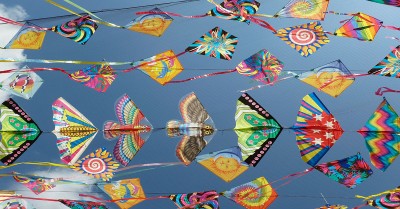
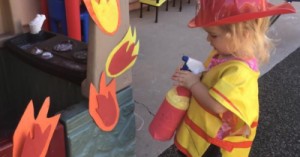



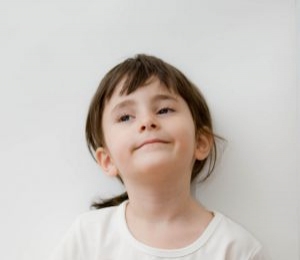 Open ended questions cannot be responded to with one word answers such as yes or no. These types of questions enables a child to provide
Open ended questions cannot be responded to with one word answers such as yes or no. These types of questions enables a child to provide During your child’s preschool years, an important milestone begins to emerge. This is the development of pre-writing skills. Pre-writing skills are used to encourage, develop
During your child’s preschool years, an important milestone begins to emerge. This is the development of pre-writing skills. Pre-writing skills are used to encourage, develop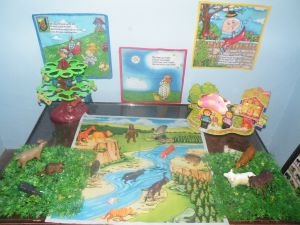 Open ended materials enables children to play freely. They are objects that have no rules to follow, use or function. Raw materials that can be
Open ended materials enables children to play freely. They are objects that have no rules to follow, use or function. Raw materials that can be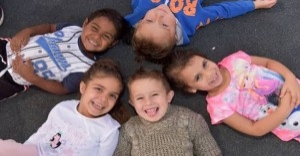 An Acknowledgment of the Country is a way of showing respect for the Traditional Owners and can be given by both non-Indigenous people and Aboriginal
An Acknowledgment of the Country is a way of showing respect for the Traditional Owners and can be given by both non-Indigenous people and Aboriginal Language plays an important role in a child’s development. It enables a child to communicate effectively with their family, learn at school, socialize with friends,
Language plays an important role in a child’s development. It enables a child to communicate effectively with their family, learn at school, socialize with friends, Like adults, children have to deal with their own stress in life. Moving house, starting a new school, preparing for a new sibling - these are
Like adults, children have to deal with their own stress in life. Moving house, starting a new school, preparing for a new sibling - these are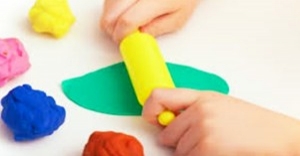 Playdough is such a versatile material. It provides numerous benefits to children as they manipulate it, it is safe and soothing and provides children with
Playdough is such a versatile material. It provides numerous benefits to children as they manipulate it, it is safe and soothing and provides children with Teaching children about sustainability enables them to appreciate and respect the natural environment. Early childhood services can provide meaningful hand on learning experiences in order
Teaching children about sustainability enables them to appreciate and respect the natural environment. Early childhood services can provide meaningful hand on learning experiences in order Recycling is an important concept that teaches children to care for the environment. It encourages children to be responsible and show a growing appreciating for
Recycling is an important concept that teaches children to care for the environment. It encourages children to be responsible and show a growing appreciating for When children apply paint to paper, glue things together, or pound a lump of clay, they experiment with colour, shape design and texture.
When children apply paint to paper, glue things together, or pound a lump of clay, they experiment with colour, shape design and texture.



